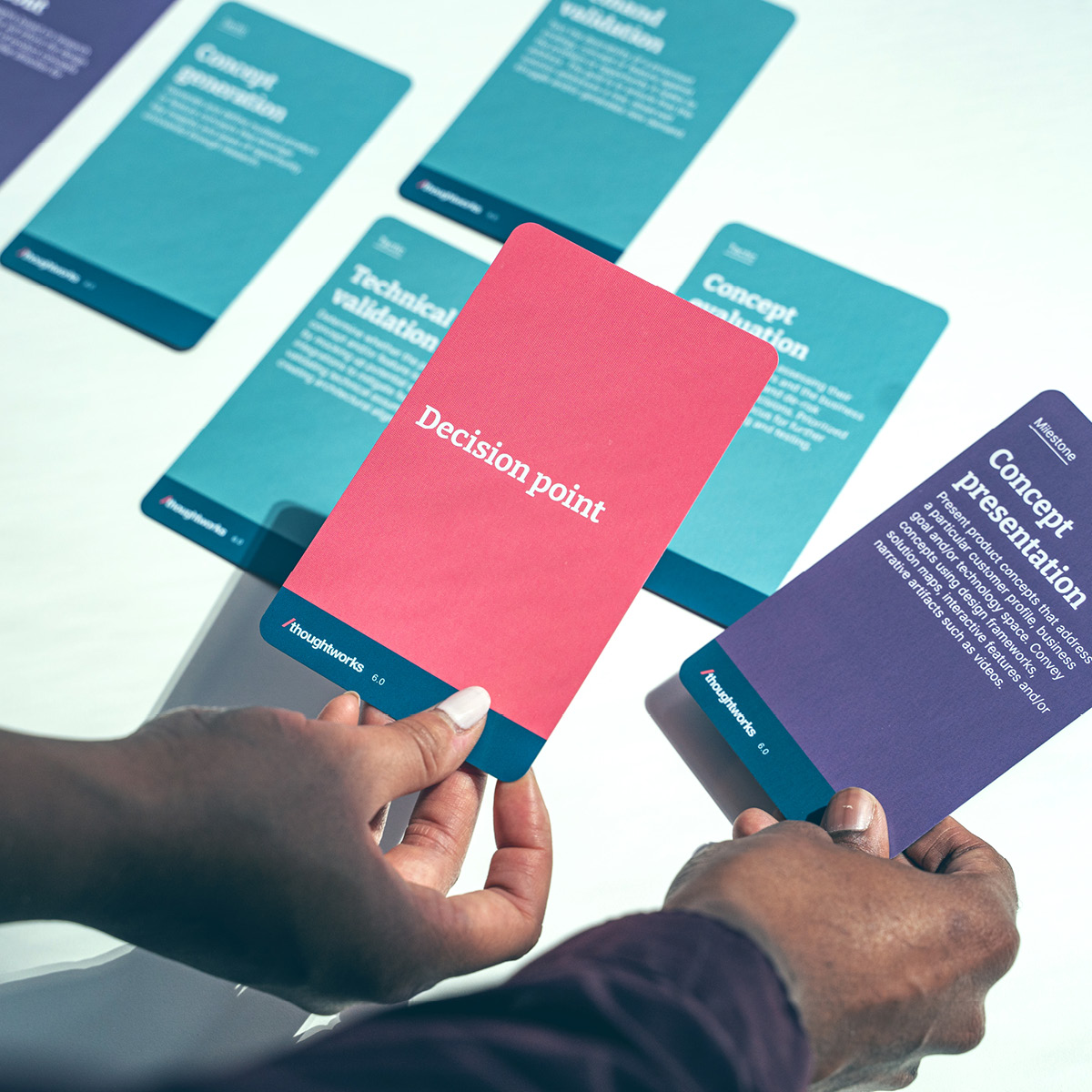At Thoughtworks, we don’t just implement AI, we advance it.
This year we had four papers accepted at NeurIPS 2025 in San Diego. From LLM efficiency to pioneering work in AI for chemistry, our research teams are pushing the boundaries of what’s possible.
What is XConf?
XConf is our annual technology event created by technologists for technologists who care deeply about software and its impact on the world.
Thoughtworkers and guest presenters share how technologists and business leaders foster growth, collaboration and innovation to make an impact on clients, society and the tech industry. Explore the highlight videos, talks and regional event spotlights below to get a sense of what it is like to attend XConf.
Keep an eye on our website for our 2026 events
Book a workshop or keynote that sparks fresh thinking
Meet our Distinguished Engineers























